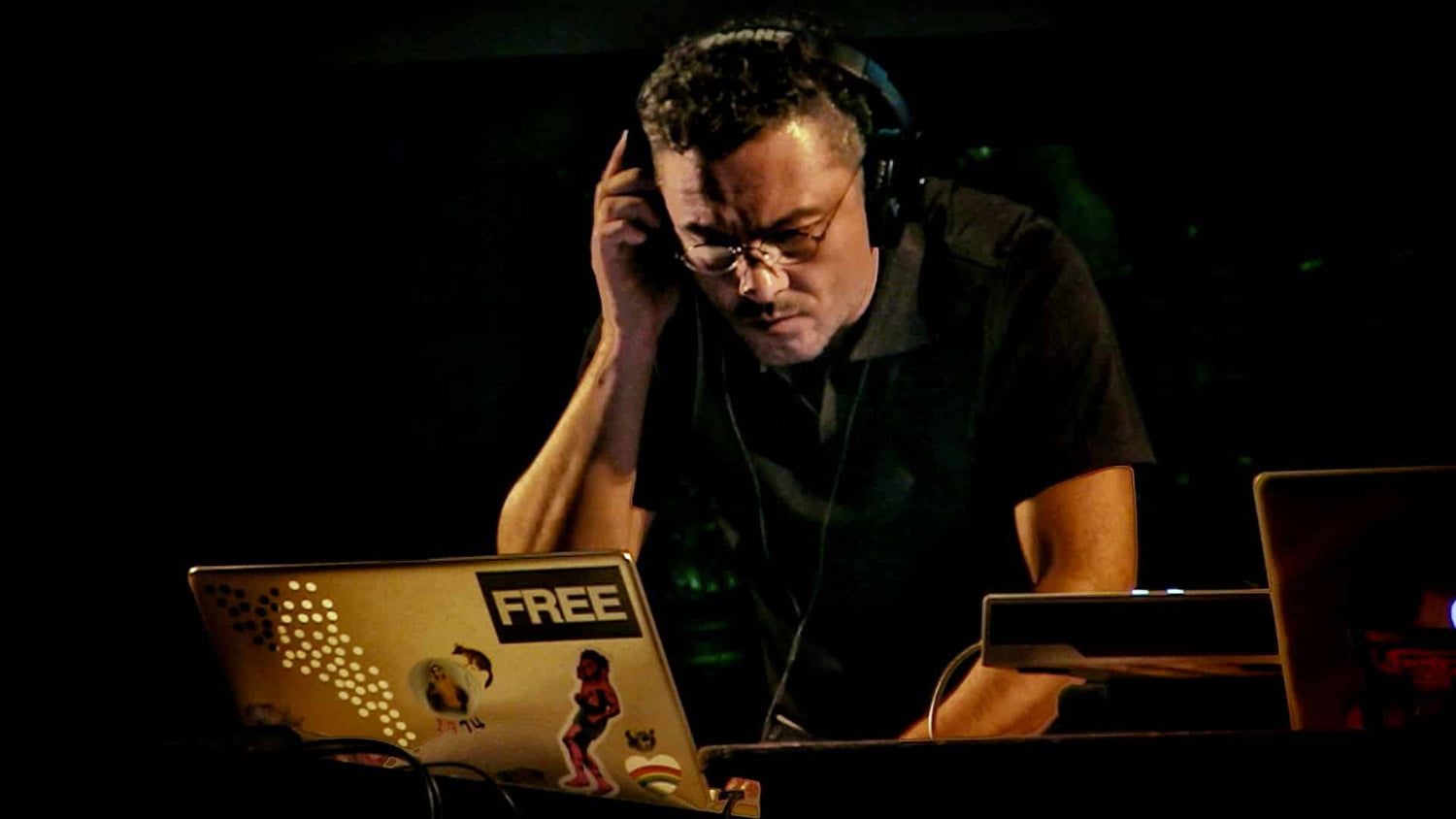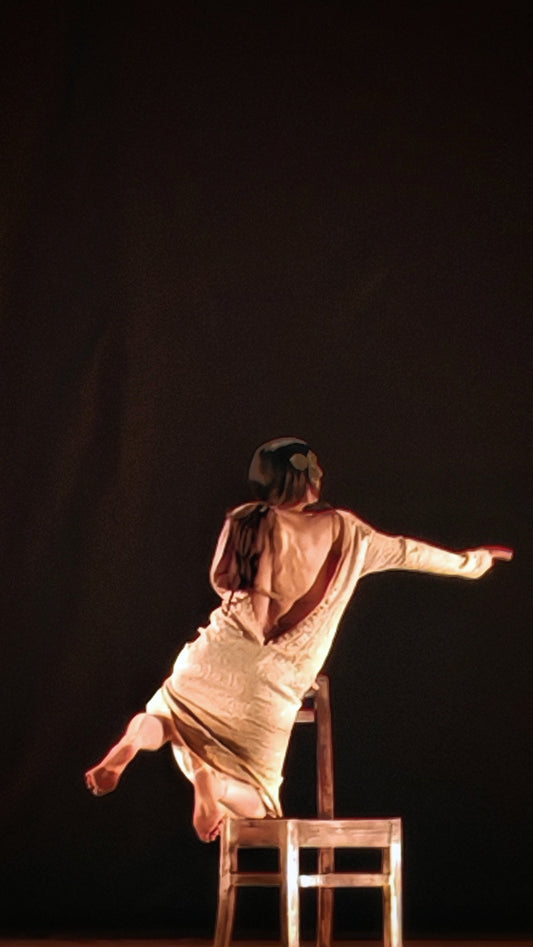



SHARP, SCULPTURAL, UNTRANSIGENT.
Stunning jewellery and silk scarves that challenge the boundaries between art, design and materiality. A radically punk aesthetic with the precision of contemporary luxury.
-
Anillo Solitaire en Plata de Ley
Regular price $110.00 USDRegular priceUnit price / per
Sale price $110.00 USD -
Arete Abridor Link en Plata de Ley
Regular price $111.00 USDRegular priceUnit price / per
Sale price $111.00 USD -
Anillo Solitaire en Plata de Ley
Regular price $117.00 USDRegular priceUnit price / per
Sale price $117.00 USD -
Anillo Triad en Plata de Ley
Regular price $120.00 USDRegular priceUnit price / per
Sale price $120.00 USD
INTERLUDIOS
Un podcast ensayístico donde la palabra se detiene, roza, interroga.
Cada episodio es una exploración íntima y filosófica sobre estética, memoria, lenguaje, deseo, tiempo, cuerpo y arte. En un mundo saturado de ruido, Interludios propone pausas sonoras para habitar lo mínimo con profundidad.
BLOG
-

El cuerpo como contrapunto. Sobre El sentimient...
Hay obras en las que la quietud del espectador resulta imposible; en la de Lola Lince, el cuerpo que observa se ve obligado a participar de la tensión del cuerpo...
El cuerpo como contrapunto. Sobre El sentimient...
Hay obras en las que la quietud del espectador resulta imposible; en la de Lola Lince, el cuerpo que observa se ve obligado a participar de la tensión del cuerpo...
-

De la península como un archivo vivo
Yumanos: 7,500 Años de Arte Rupestre, de José Enrique García Sánchez, no inventaría piedras: las lee desde la performatividad de la mirada. La península se revela como un palimpsesto, donde...
De la península como un archivo vivo
Yumanos: 7,500 Años de Arte Rupestre, de José Enrique García Sánchez, no inventaría piedras: las lee desde la performatividad de la mirada. La península se revela como un palimpsesto, donde...
SUSCRÍBETE
Sé de los primeros en recibir noticias sobre libros, joyería conceptual, cursos y música.






